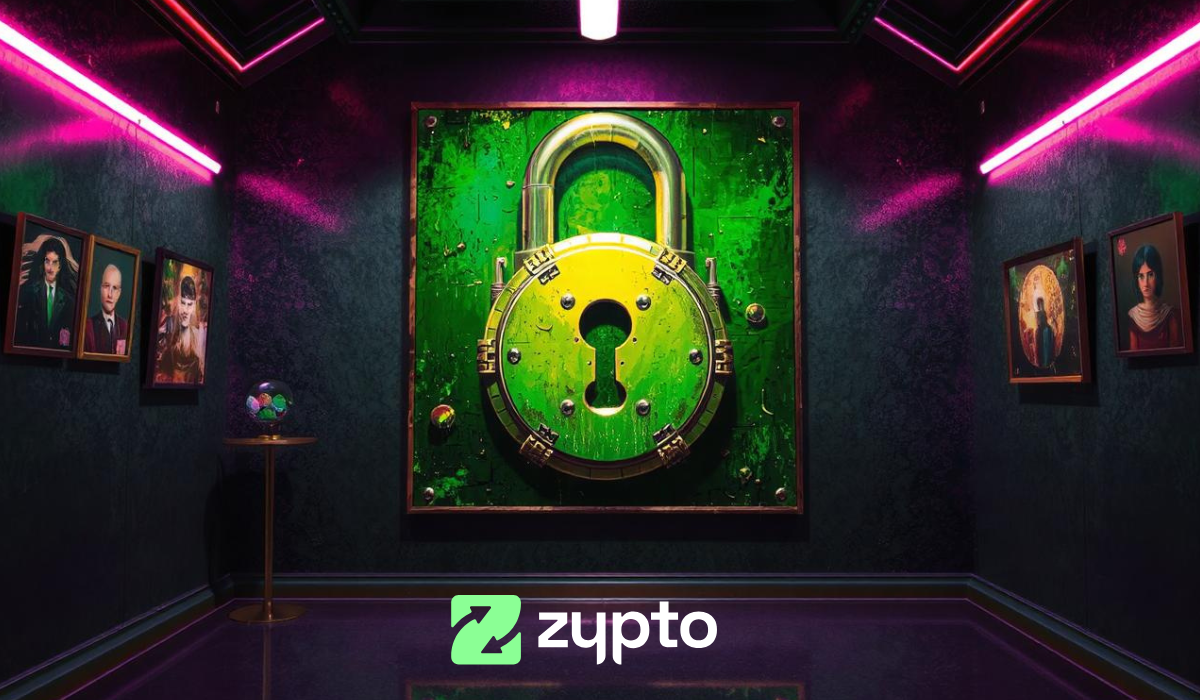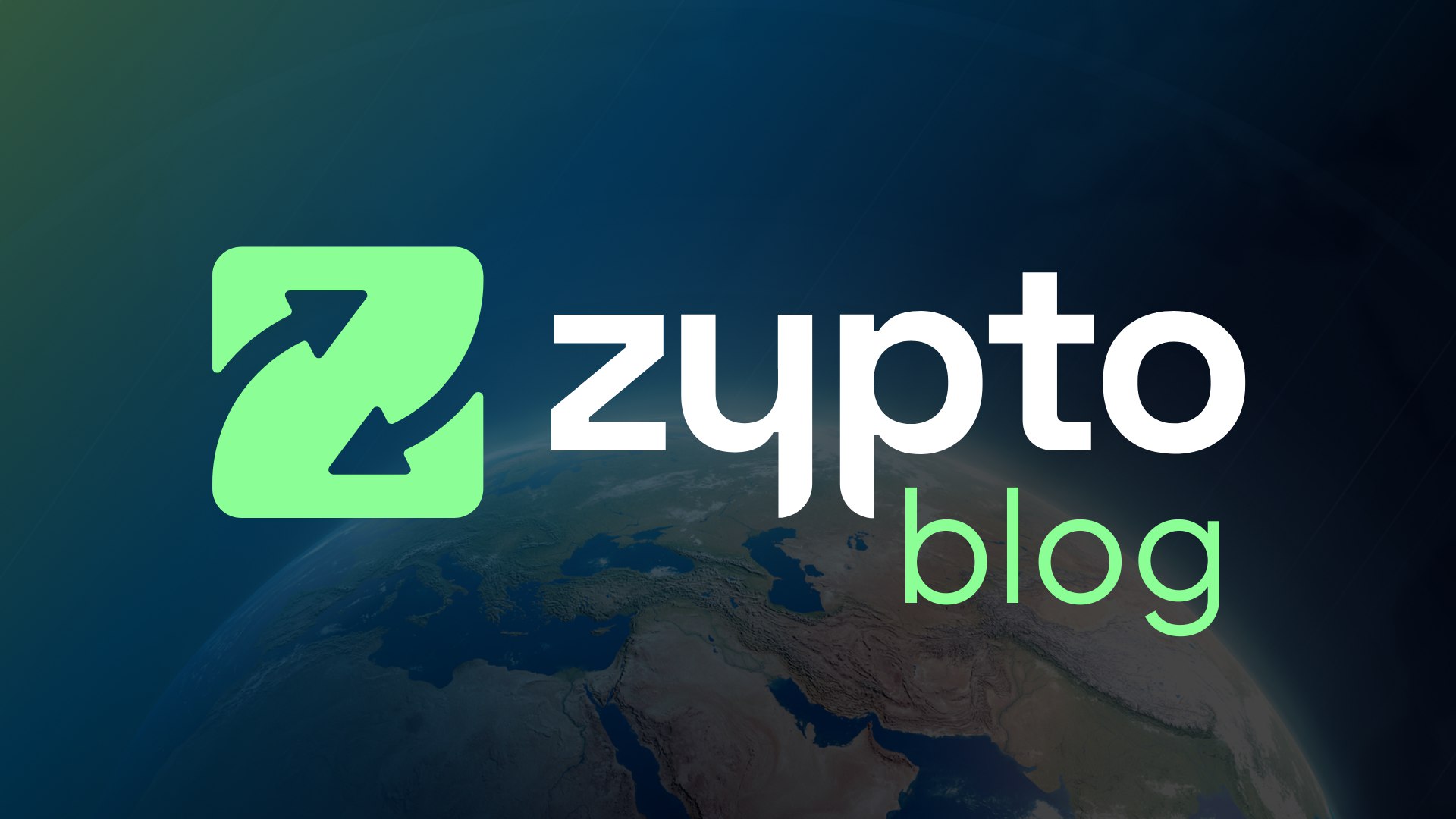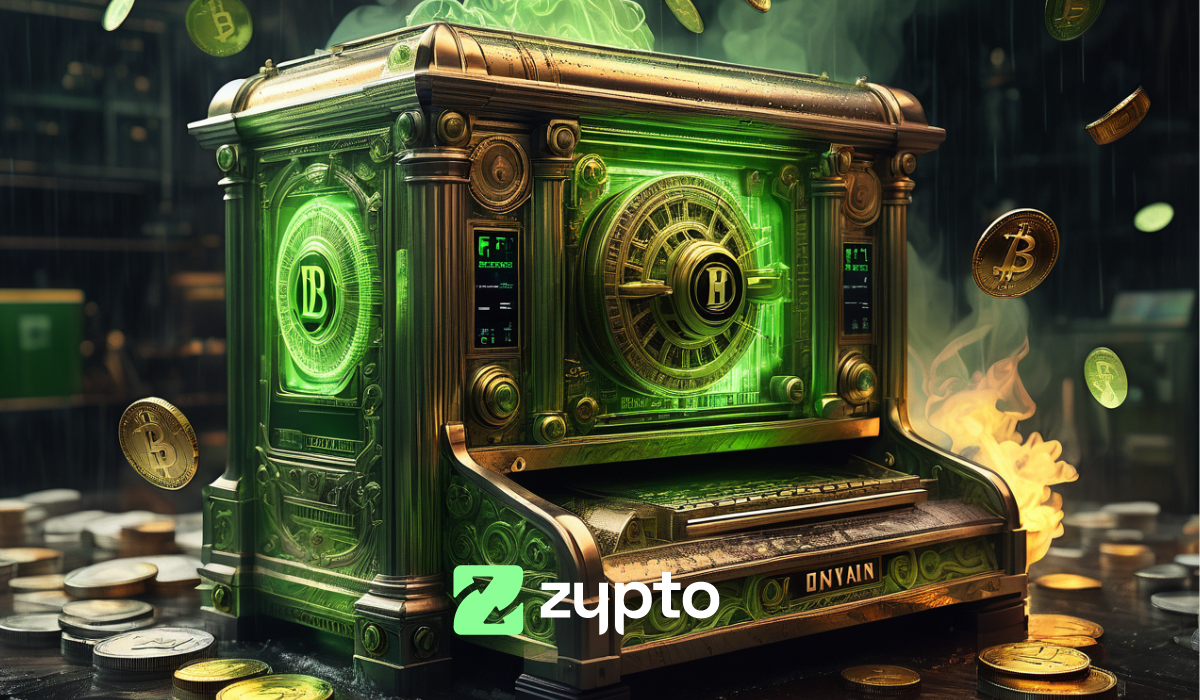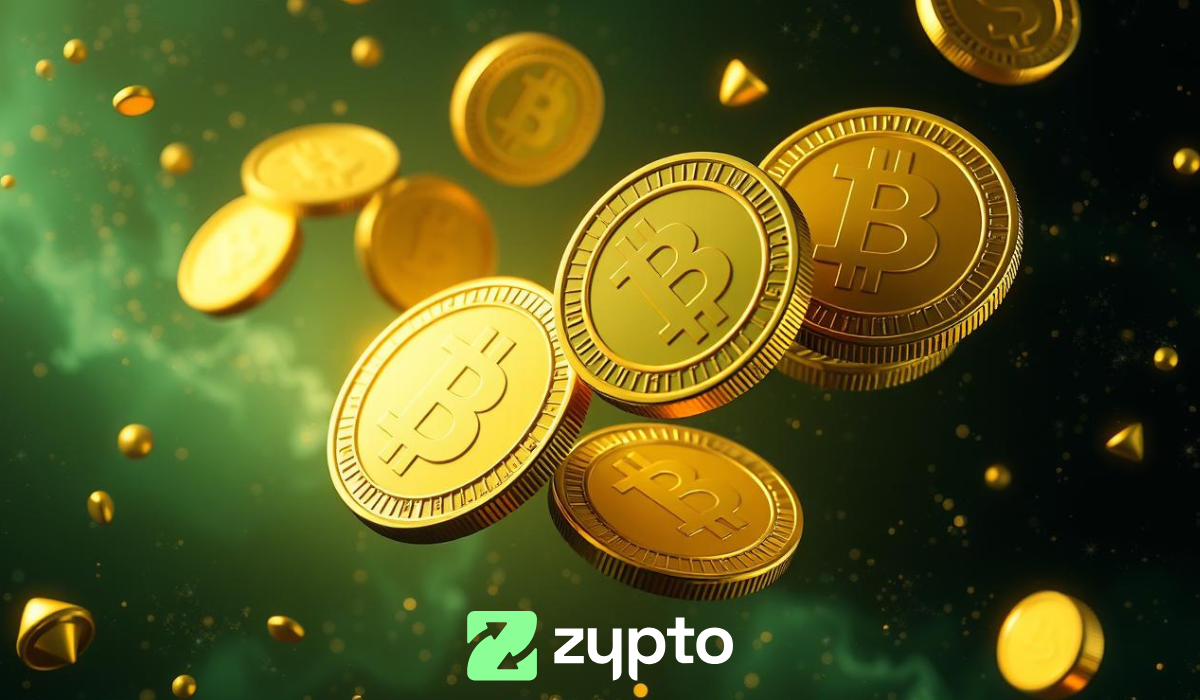Staking is one of the most popular ways to earn money from crypto. The process involves locking your asset in a decentralized finance (DeFi) pool over a specific period and earning free coins.
The same model operates with non-fungible tokens (NFTs), where investors and traders can be incentivized with rewards after staking their digital assets. However, NFT staking differs slightly from regular crypto staking. This beginner’s guide will explain how it works and help you make smart investment choices.
Introduction to NFT Staking
As the name implies, NFT staking is the process through which NFT owners, including investors, traders, and digital creators, can use their digital assets to make money via staking. This is done by locking up their staking-enabled NFTs in a supported platform or protocol for a predetermined period.
Over time, they’ll receive staking rewards or incentives from the platform for leaving their assets for some time. Their reward depends on the NFT staking platform they choose, but the incentive is often in the form of cryptocurrencies. Investors may receive their crypto rewards daily or weekly.

How Does NFT Staking Work?
Staking NFTs is pretty much the same process as with cryptocurrencies. First, you need to own the digital asset either by minting it or buying it on NFT marketplaces. If you’re a digital creator, you can mint your NFTs on supported platforms. There’s an endless list of things that can be minted as NFTs. These include pictures, artwork, music, or even your identity.
Afterward, you need a cryptocurrency wallet. Without a wallet compatible with the NFT you own, you cannot process NFT staking.
Once you have the supported wallet, you need an NFT staking platform for beginners. Connect your wallet to the protocol and transfer your assets into its liquidity pool.
Typically, you’ll need to select the timeframe you’d be locking your assets to determine your incentive. The longer the staking period, the better the annual percentage yield (APY) offered by the platform.
Finally, your coins are maintained and secured using the platform’s smart contract. The smart contract also determines each investor’s reward based on their staking volumes and periods.
However, besides the typical crypto rewards, some NFT staking platforms also allow asset owners to participate in their governance tasks. This includes having automatic voting rights to vet proposals when they are made.
How to Calculate the Rewards for Staking NFTs
The two major metrics used to determine the incentive you’ll get for staking NFTs are the staking duration and the amount of assets you put to work. Moreover, the staking platform also matters because it determines the reward rate.
Before locking your assets, the NFT staking platform lets you preview your potential returns based on the metrics mentioned above. This is similar to what you’ll find on traditional cryptocurrency staking platforms. However, not every NFT staking site shows the percentage rewards. Some only show the expected tokens to be returned per day or week for the entire staking period.
The reward is usually paid out in the platform’s utility token, so choosing a platform with successful cryptocurrencies on the market is crucial.
Popular NFT Staking Platforms
Investors with NFTs eligible for staking can check the token’s official website for its available staking pools. Alternatively, there’s the option of using third-party platforms. These include WhenStaking, LooksRare, BAND Royalty, etc.
Conclusion
Besides the conventional crypto staking, NFTs provide a viable opportunity for investors to put their assets to work and earn passive income. However, while staking NFTs can be rewarding, its risks are also worth considering. These include significant price swings that may result in losing value and the likelihood of falling prey to crypto scams.
Ultimately, it’s crucial to research properly to find the best staking-enabled NFTs plus secure and rewarding DeFi platforms to stake them for profits.
Ever heard of NFT staking or participated in one before? Tell us what you’ve learned from this post and what NFT you’ll be staking in the future in the comments section below.

FAQs
How much does NFT staking cost?
The cost of staking NFT depends on the platform you choose. Each platform sets its own fees. You may also need to pay gas fees, depending on the staking platform.
Can you make money from staking NFTs?
Yes, it’s possible to earn passive income from NFT staking. Once you lock up your asset, you may qualify for daily or weekly staking rewards, which are usually paid in crypto.
Where can I buy NFTs to stake?
You can purchase NFTs for staking purposes from the official website of any project you choose. You can also buy staking NFTs from decentralized marketplaces like OpenSea, LooksRare, and the Binance NFT Marketplace.






























0 Comments